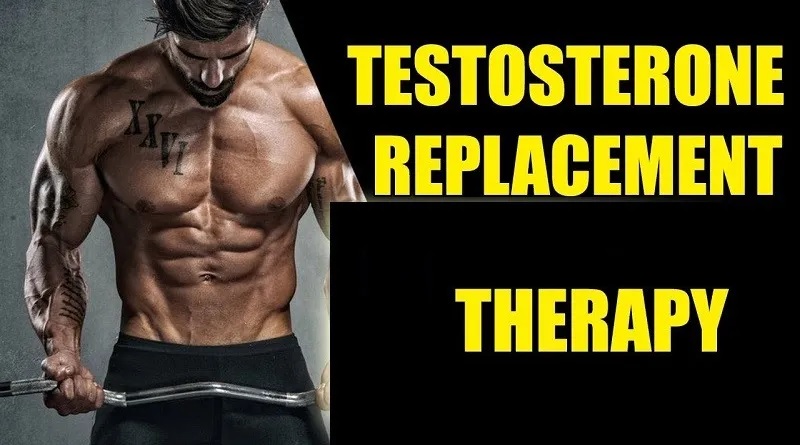Blood Clots and Testosterone Replacement Therapy

Taking testosterone therapy may be beneficial for older men with low testosterone levels. The hormone helps improve bone density, libido and energy levels. However, the hormone also has some side effects. Testosterone is normally taken as a gel or injection. Some men may have the hormone implanted under the skin.
Testosterone is produced by the ovaries and adrenal glands. The hormone helps to regulate blood clotting. Blood clots form when the blood cells are traveling too slowly or when a tissue is injured. The clots can then break loose and travel to the lungs, heart or brain. This may cause a heart attack or stroke. The hormone also changes the way the body metabolizes cholesterol and lipids.
Testosterone therapy has been associated with an increased risk of pulmonary embolism, a condition that occurs when a blood clot forms in the lung tissue. It also has been associated with an increased risk of hepatic encephalopathy, a condition that occurs when the liver cannot process the hormone. Men on testosterone therapy should have regular checkups, especially if they are over 40. They should also have their PSA levels checked, because the hormone may increase the risk of developing prostate cancer.
Studies of testosterone therapy have shown that the hormone has a positive impact on libido, bone density, mood and energy levels. The hormone can also be used to treat sexual dysfunction in men. Testosterone replacement therapy is performed by male wellness clinics, such as paramountmensmedical.com. Men on testosterone therapy must have their hormone levels monitored every six to twelve months. Some men also need to have imaging studies to determine the cause of low testosterone.
Testosterone replacement therapy may also increase the risk of blood clots, heart attack and stroke. The risk of heart attack and stroke is higher for men who have other health conditions, such as diabetes or high blood pressure. In addition, testosterone therapy has been linked to an increased risk of low-grade prostate cancer.
Testosterone is taken in the form of an oral gel, a patch or injection. Usually, the gel is applied under the skin. It should be applied at least two hours a day. The patches are usually made of 30 mg and should be applied at least 12 hours apart.
Testosterone patches can be uncomfortable to use, as they can cause gum and mouth irritation. Some patients also experience headaches and irritation of the skin. They should be worn for at least 12 hours a day.
The risk of pulmonary embolism is higher for men on testosterone therapy. The hormone also has an increased risk of liver cancer. It also increases the risk of developing hepatic encephalopathy, a condition that causes the liver to fail. Testosterone therapy has been linked to low-grade prostate cancer in older men. The FDA conducted an investigation in 2014, after reports of testosterone therapy being linked to heart attacks. The FDA has warned the public of the risks involved in using testosterone therapy.
Testosterone therapy may be beneficial for older men, but it’s not the only way to treat low testosterone. Many doctors have concerns about long-term effects of testosterone therapy.



